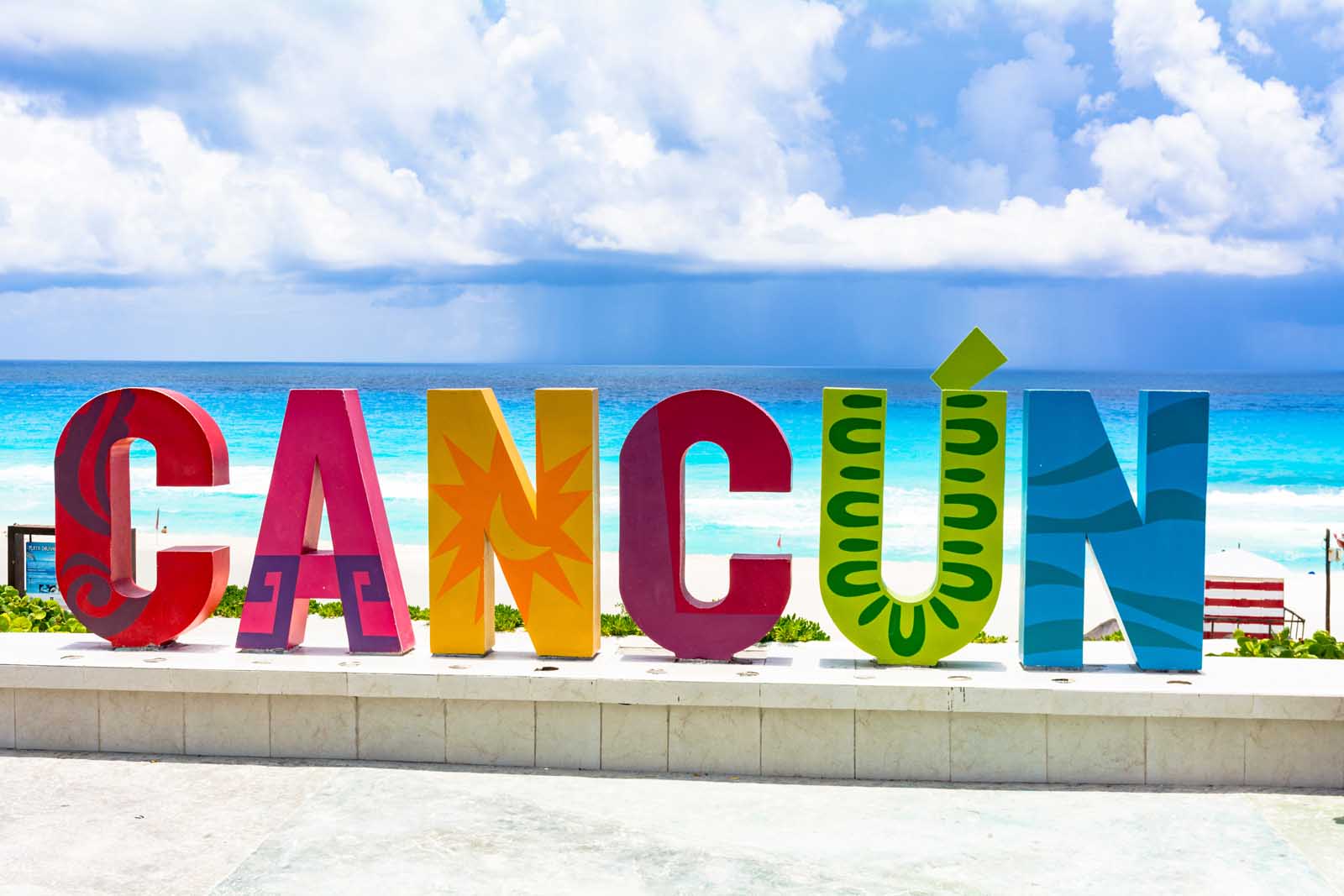Southwest Eliminates Expiration Dates on Flight Credits
Southwest Airlines has eliminated the expiration date on all Southwest flight credits, the carrier announced Thursday. The change applies to all flight credits unexpired on or created on or after July 28, 2022. Previously, flight credits would have expired...

The carrier expects a 'substantial' autumn business travel increase as it reports record Q2 revenue.
Southwest Airlines has eliminated the expiration date on all Southwest flight credits, the carrier announced Thursday. The change applies to all flight credits unexpired on or created on or after July 28, 2022. Previously, flight credits would have expired 12 months after the purchase date.
“It’s an industry-leading flight-credit policy,” Southwest CEO Bob Jordan said during a Thursday earnings call. “And when you combine that with no change fees, no bag fees, Rapid Rewards points that don’t expire and transferable flight credits, it’s just a powerful low-fare brand combo that’s all about winning more customers.”
The change in policy comes as some credits for Covid-19-related cancellations were set to expire in September. The company expects the resulting lower breakage revenue in the third quarter to be between $250 million and $300 million.
Flight credits for nonrefundable fares will be issued so long as the reservation is canceled more than 10 minutes prior to the scheduled departure. Until the carrier finishes updating its technology system to fully remove expiration dates on flight credits, those customers with valid credits will begin to see a placeholder expiration date of Dec. 31, 2040, according to Southwest.
Q2 Performance
Southwest reported a second-quarter net income of $760 million on quarterly operating revenue of $6.73 billion, representing year-over-year increases of 2.6 percent and 13.9 percent, respectively. The operating revenue was a quarterly record, according to the company.
The results were a turnaround from the first quarter, when the carrier reported a net loss of $278 million. Second-quarter passenger revenue was $6.12 billion, up 71.4 percent year over year from $3.57 billion.
The quarter’s fuel costs were $3.36 per gallon and are expected to be in the range of $3.25 to $3.35 for the third quarter. Next-quarter operating revenue guidance is up in the range of 8 percent to 12 percent over the same 2019 period.
Managed business revenue showed sequential improvement throughout the second quarter and went from being down 36 percent in March from 2019 levels to down 19 percent in June, said Southwest EVP and chief commercial officer Andrew Watterson. The average for the quarter was down 24 percent.
“While business passenger and overall business revenues remain below 2019 levels, managed business fares were above 2019 throughout Q2,” Watterson added.
Based on third-quarter bookings thus far, the period’s managed business revenue is expected to be in the range of 17 percent to 21 percent lower than Q3 2019.
The seeming slowdown in the pace of the carrier’s managed business recovery is due more to seasonality—there generally is less business travel in July and August—but “into September after the holiday, we expect a substantial uptick in business travel, so that [range] is referring to an average for the quarter,” VP of Southwest Business Dave Harvey told BTN. “We think the months within the quarter will look dramatically different.”
Though it’s “too early” to speculate on the fourth quarter, Harvey noted that in addition to a post-Labor Day acceleration, “based on what we are hearing from our accounts, we expect October to be one of the strongest business travel months of the year,” he said. “A lot of meetings and events are coming back this fall. All of that is caveated by no significant Covid-19 waves.”
The company also has added flights into the second half of 2022 geared toward the short-haul business market. That includes intra-California, intra-Texas, the Hawaiian islands, in the Midwest around Chicago, Baltimore—“logical places where we have strong customer bases and network,” Harvey said.
The decision was based on expected business travel demand as well as wanting to have some redundancy built into the schedule should a flight get delayed or canceled, “so we’re not leaving crews or passengers stranded and can complete the day,” Harvey noted.
During the second quarter, Southwest introduced its new Wanna Get Away Plus fare. The company within the past week also turned on its Mexico destinations in the global distribution systems, Harvey said, allowing bookings through the GDS to Cancun, Cabo and Puerto Vallarta.

 Lynk
Lynk 
































